 | In the Field
| In the Field
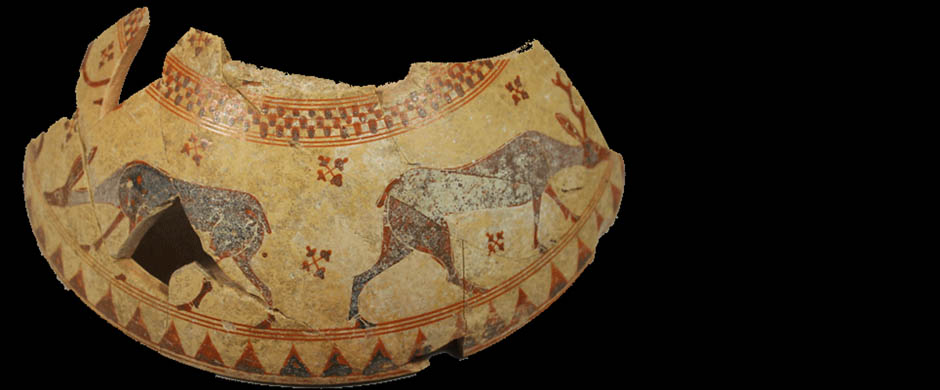
IFA Excavations at Selinunte
Summary of Excavation Results, 2011
In May and June we carried out our fifth campaign of excavation in the main urban sanctuary. Excavation this season consisted of the opening of a small trench (Trench M, 1.80 x 2.40 m) against the east front of Temple R, in correspondence of the southern half of the door and part of the adjoining wall [Figure 1]. By the end of the season, the entire stratigraphy was excavated down to bedrock across the trench.
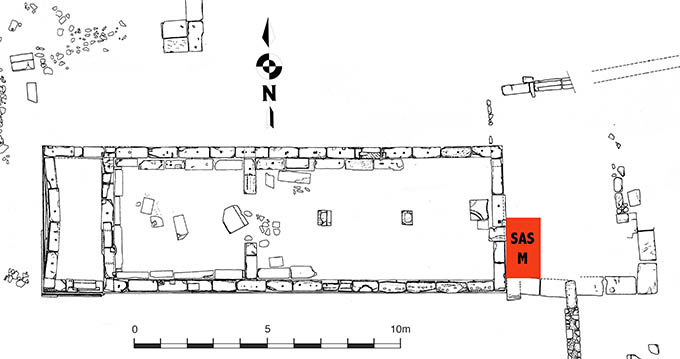
Figure 1. State plan of Temple R with indication of Trench M. © Institute of Fine Arts, NYU.
Our excavation has proved particularly significant regarding the identification of the stratigraphic phases associated with the life of Temple R and its environs between the Orientalizing and Early Hellenistic periods.
Our first finding consisted of the bottom layer (ca. 50 cm thick) of a Hellenistic fill (datable to ca. 300 BCE based on bronze coins and pottery) that substantially raised the ground level in front of the temple. This action corresponded to a raised floor level within the temple, whose Archaic threshold (originally accessed from the outside by a step consisting of a single block placed against the center) was elevated by ca. 1.35 m, up to the level of the present threshold.
The fill rested on top of a yellow clay floor, datable to the late fifth-early fourth century BCE (based on pottery analysis), which included a number of fifth-century terracottas: the polychrome bust of a goddess wearing a polos [Figure 2], comparable in style to the female heads of the western metopes of Temple E (Hera) and thus datable to ca. 470-460 BCE; the lower part of a female protome; the upper part of a small peplophoros, datable to ca. 460-450 BCE (with jewelry originally painted in Egyptian Blue) [Figure 3]; and finally a small female head wearing a polos , with traces of color on the lips, datable to ca. 440 BCE.
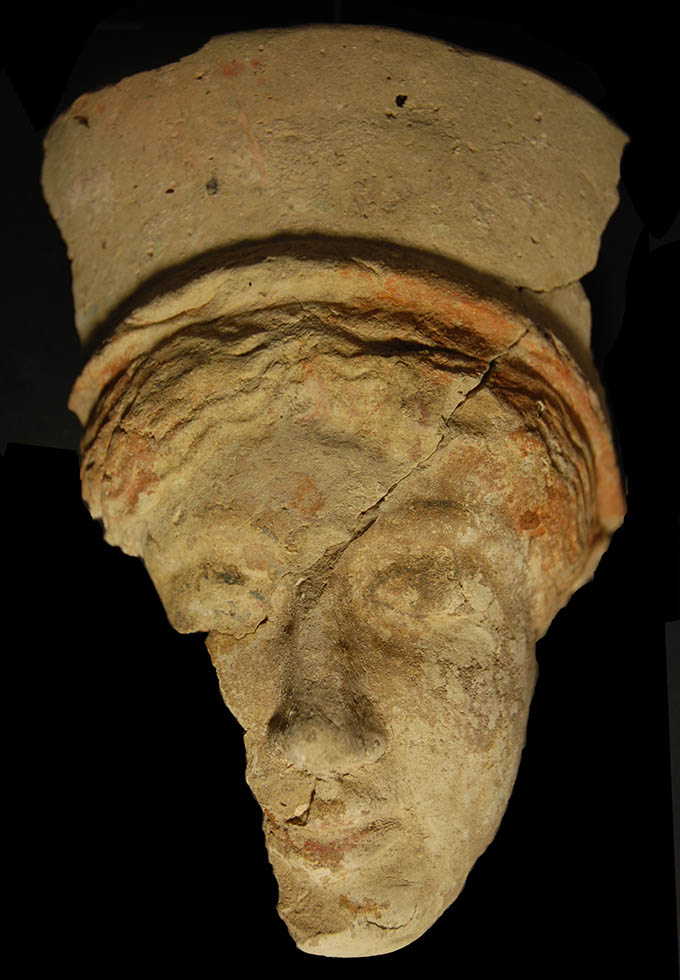
Figure 2. Polychrome terracotta bust (TC11.8). © Institute of Fine Arts, NYU.
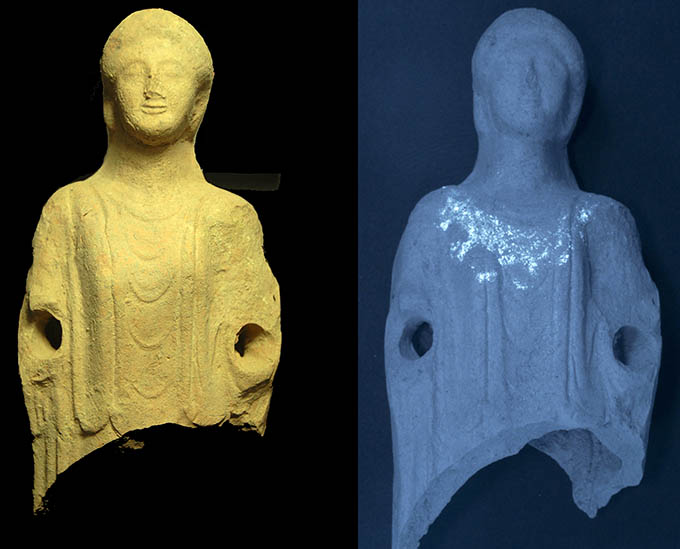
Figure 3. Terracotta peplophoros with traces of Egyptian blue (TC11.5). © Institute of Fine Arts, NYU.
Most likely, these terracottas served as votives in this area, and were redeposited on the occasion of the restructuring of the building after 409 BCE. From this layer also comes the fragment of a geison revetment of Roof A Scichilone, which shows traces of burning.
A compact and burnt red clay floor was found under the preparation for the yellow clay floor. Inserted in this floor was a large cover tile placed upside down against the front of the building. This floor may be dated to the early fifth century, based on the pottery from its preparation, including underneath the tile. Immediately under this floor, was an earlier floor of yellow clay, which is datable to the original phase of construction of the building (early sixth century BCE), based on the pottery from its preparation. This preparation included a thick packing of stones, which has substantially preserved the strata underneath.
These layers include the foundation trench of the eastern wall of Temple R, with its fill of chips of stone from the dressing of the ashlar blocks for this building, and the remains of an earlier structure obliterated by the construction of Temple R and almost at the same altitude as the Orientalizing building excavated the previous year in Trench L.
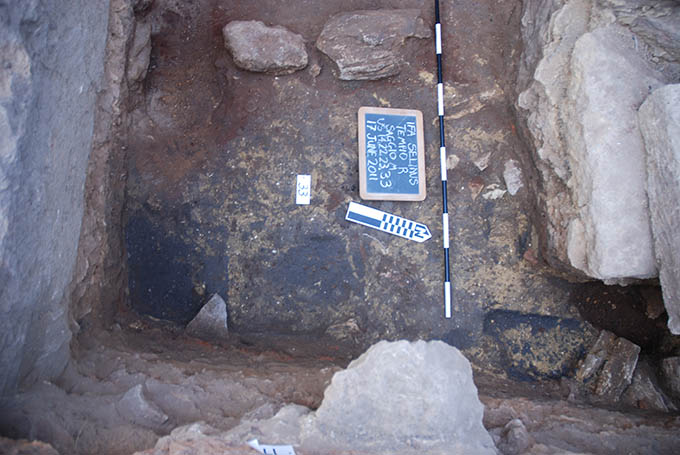
Figure 4. View of Orientalizing floor in Trench M. © Institute of Fine Arts, NYU.
The remains of this earlier structure include a clay floor, featuring two cuttings, and a conspicuous number of burnt fragments from a thatch roof. The pottery associated with this early structure dates to the seventh century BCE. This early structure rested on top of a red layer of earth mixed with sand, which was placed immediately above the bedrock.
Clemente Marconi, The Institute of Fine Arts, New York University